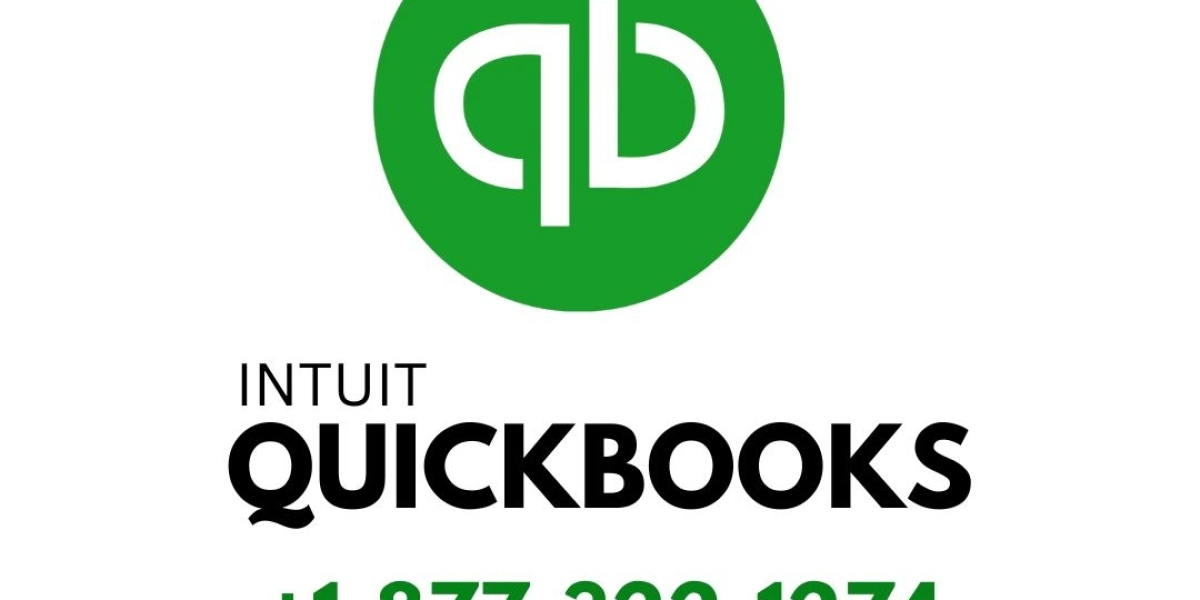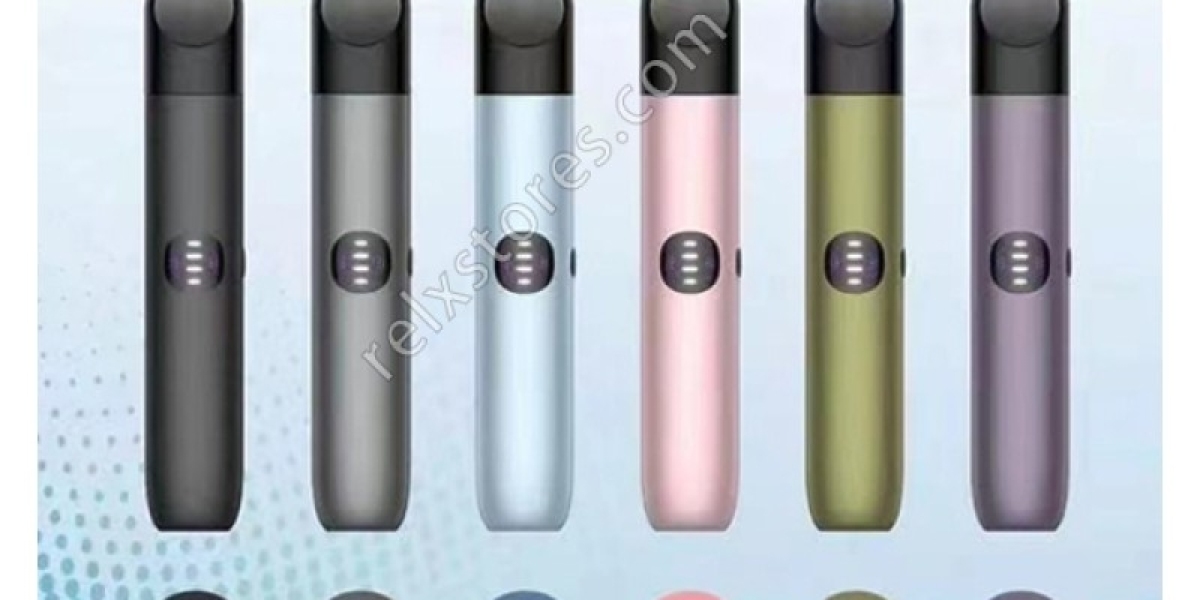As Per Market Research Future, the Commercial HVAC Market is experiencing robust growth driven by increasing demand for energy-efficient heating, ventilation, and air conditioning systems. The rise in commercial construction activities, coupled with stringent energy regulations, is propelling the market forward. Businesses are investing in advanced HVAC solutions to enhance indoor air quality and optimize energy consumption. Additionally, the growing awareness of environmental sustainability is leading to the adoption of smart HVAC technologies, which are expected to dominate the market in the coming years.
The Commercial HVAC (Heating, Ventilation, and Air Conditioning) market plays a crucial role in the global building and construction sector, providing efficient climate control solutions for commercial spaces, offices, malls, hospitals, and educational institutions. The demand for advanced and energy-efficient HVAC systems is rising steadily due to increasing urbanization, growing commercial infrastructure, and the rising need for maintaining indoor air quality. In recent years, innovations in HVAC technology, such as smart controls, energy-efficient components, and environmentally friendly refrigerants, have further propelled market growth.
The commercial HVAC market is witnessing dynamic changes as industries adapt to sustainability requirements and regulatory frameworks. Modern HVAC systems not only offer comfort but also focus on reducing operational costs and minimizing environmental impacts. As businesses increasingly prioritize energy savings and carbon footprint reduction, the adoption of commercial HVAC systems continues to accelerate.
Market Drivers
Several factors are driving the growth of the commercial HVAC market. First, rapid urbanization and the expansion of commercial infrastructure across regions such as North America, Europe, and Asia-Pacific have created significant demand for HVAC solutions. Commercial buildings, including offices, hotels, retail spaces, and healthcare facilities, require sophisticated climate control systems to ensure optimal comfort and efficiency.
Second, the rising awareness of energy efficiency and sustainable practices has led to the adoption of advanced HVAC systems equipped with variable refrigerant flow (VRF) technology, smart thermostats, and IoT-enabled sensors. These systems not only enhance energy efficiency but also reduce operational costs over time. Governments worldwide are incentivizing energy-efficient solutions, further encouraging businesses to invest in modern HVAC systems.
Third, the impact of climate change and extreme weather conditions has reinforced the need for reliable HVAC systems that can maintain consistent indoor temperatures. Commercial establishments are increasingly investing in systems capable of providing efficient heating, cooling, and ventilation, regardless of external environmental fluctuations.
Technological Advancements
The commercial HVAC market is witnessing rapid technological advancements that enhance system performance and reduce energy consumption. Smart HVAC systems equipped with IoT sensors and AI-based predictive maintenance tools allow facility managers to monitor energy usage, detect anomalies, and optimize operations. These innovations improve operational efficiency and reduce maintenance costs, making HVAC systems more attractive to commercial enterprises.
Energy-efficient HVAC solutions have also gained prominence, with manufacturers introducing systems that comply with stringent environmental regulations. Variable speed compressors, advanced air filtration, and environmentally friendly refrigerants are becoming standard features in modern commercial HVAC systems. Additionally, modular and scalable HVAC solutions enable businesses to customize their installations according to space requirements, further driving adoption.
Market Segmentation
The commercial HVAC market can be segmented based on product type, application, and region. Product types include air conditioners, heat pumps, chillers, ventilation systems, and rooftop units. Among these, air conditioners and chillers dominate the market due to their extensive use in office buildings, shopping malls, hospitals, and other commercial establishments.
Applications for commercial HVAC systems are diverse, ranging from offices and retail outlets to healthcare facilities, educational institutions, and hospitality centers. The healthcare sector, in particular, demands advanced HVAC systems to maintain sterile environments and optimal air quality, thereby contributing significantly to market growth.
Regionally, North America and Europe are mature markets with high adoption rates of energy-efficient systems, while Asia-Pacific is emerging as a key growth region due to rapid industrialization, urban development, and increasing investments in commercial infrastructure. Latin America and the Middle East are also witnessing growth, driven by infrastructure expansion and modernization projects.
Challenges in the Market
Despite promising growth prospects, the commercial HVAC market faces several challenges. High initial investment costs for advanced HVAC systems can deter small and medium-sized enterprises from adoption. Moreover, maintenance and operational complexities associated with modern HVAC systems require skilled technicians, which can limit widespread implementation.
The market is also influenced by fluctuating energy prices and regulatory changes. Stricter environmental regulations regarding refrigerants and emissions necessitate continuous innovation, which may increase production costs. Additionally, supply chain disruptions and raw material shortages can impact the timely availability of HVAC components, affecting market growth.
Future Outlook
The future of the commercial HVAC market appears promising, with increasing investments in smart buildings, green infrastructure, and energy-efficient solutions. The integration of renewable energy sources, such as solar-powered HVAC systems, is expected to further enhance sustainability and reduce operational costs.
Artificial intelligence, predictive maintenance, and IoT-enabled HVAC solutions will continue to revolutionize the market by improving system efficiency and reducing downtime. Facility managers will increasingly rely on data-driven insights to optimize energy consumption and enhance occupant comfort.
Moreover, growing awareness of indoor air quality, particularly after the COVID-19 pandemic, has emphasized the importance of ventilation and air purification systems. This trend is expected to drive demand for HVAC solutions that incorporate advanced filtration technologies and air quality monitoring systems.
Competitive Landscape
The commercial HVAC market is highly competitive, with several global and regional players striving to innovate and expand their market presence. Leading manufacturers are focusing on product innovation, strategic partnerships, and geographic expansion to strengthen their positions. Companies are also investing in R&D to develop environmentally friendly refrigerants, energy-efficient components, and intelligent HVAC solutions that meet evolving customer needs.
Collaboration between HVAC manufacturers and technology companies is likely to accelerate the adoption of smart systems, enabling remote monitoring, predictive maintenance, and seamless integration with building management systems. These efforts are expected to drive the market toward increased efficiency, sustainability, and customer satisfaction.
Conclusion
The commercial HVAC market is poised for substantial growth, driven by urbanization, technological advancements, energy efficiency trends, and increasing awareness of indoor air quality. While challenges such as high initial costs and regulatory pressures exist, the adoption of smart, energy-efficient, and environmentally friendly HVAC solutions offers significant opportunities.
Businesses across commercial sectors are increasingly recognizing the value of modern HVAC systems in maintaining comfortable, safe, and energy-efficient environments. As technology continues to advance, the market is expected to witness robust growth, innovation, and increased adoption across regions worldwide.
FAQs
Q1: What factors are driving the growth of the commercial HVAC market?
A1: Rapid urbanization, increased commercial infrastructure, rising energy efficiency awareness, and the demand for indoor air quality are key growth drivers.
Q2: Which technologies are shaping the future of commercial HVAC systems?
A2: IoT-enabled sensors, AI-based predictive maintenance, smart thermostats, energy-efficient compressors, and advanced air filtration systems are shaping the market.
Q3: Which regions are expected to witness the highest growth in commercial HVAC adoption?
A3: Asia-Pacific is emerging as a key growth region, while North America and Europe maintain steady demand due to mature markets and energy efficiency trends.
More Related Reports:
Metal Foundry Products Market Share
United States Seismic Services Market Share






